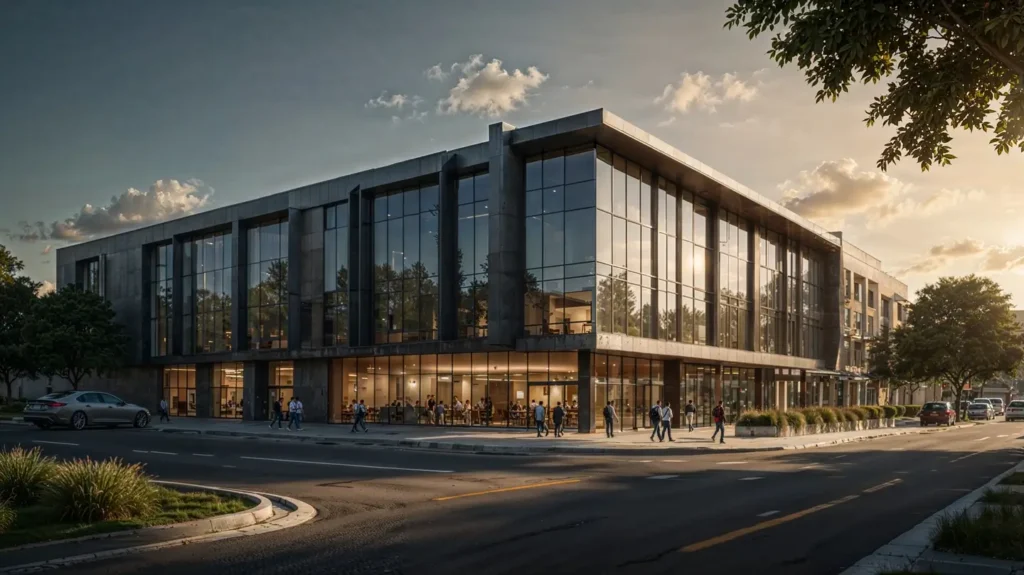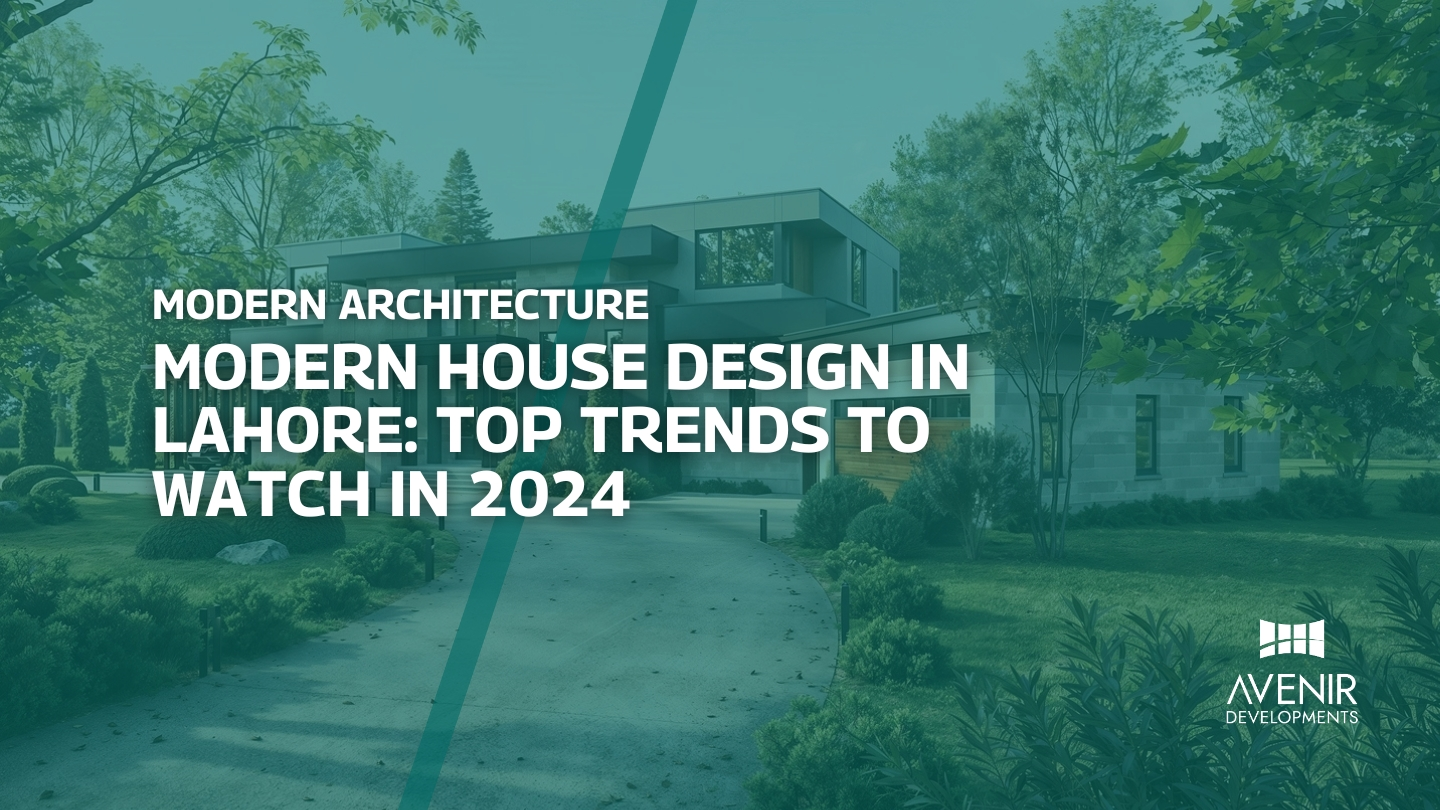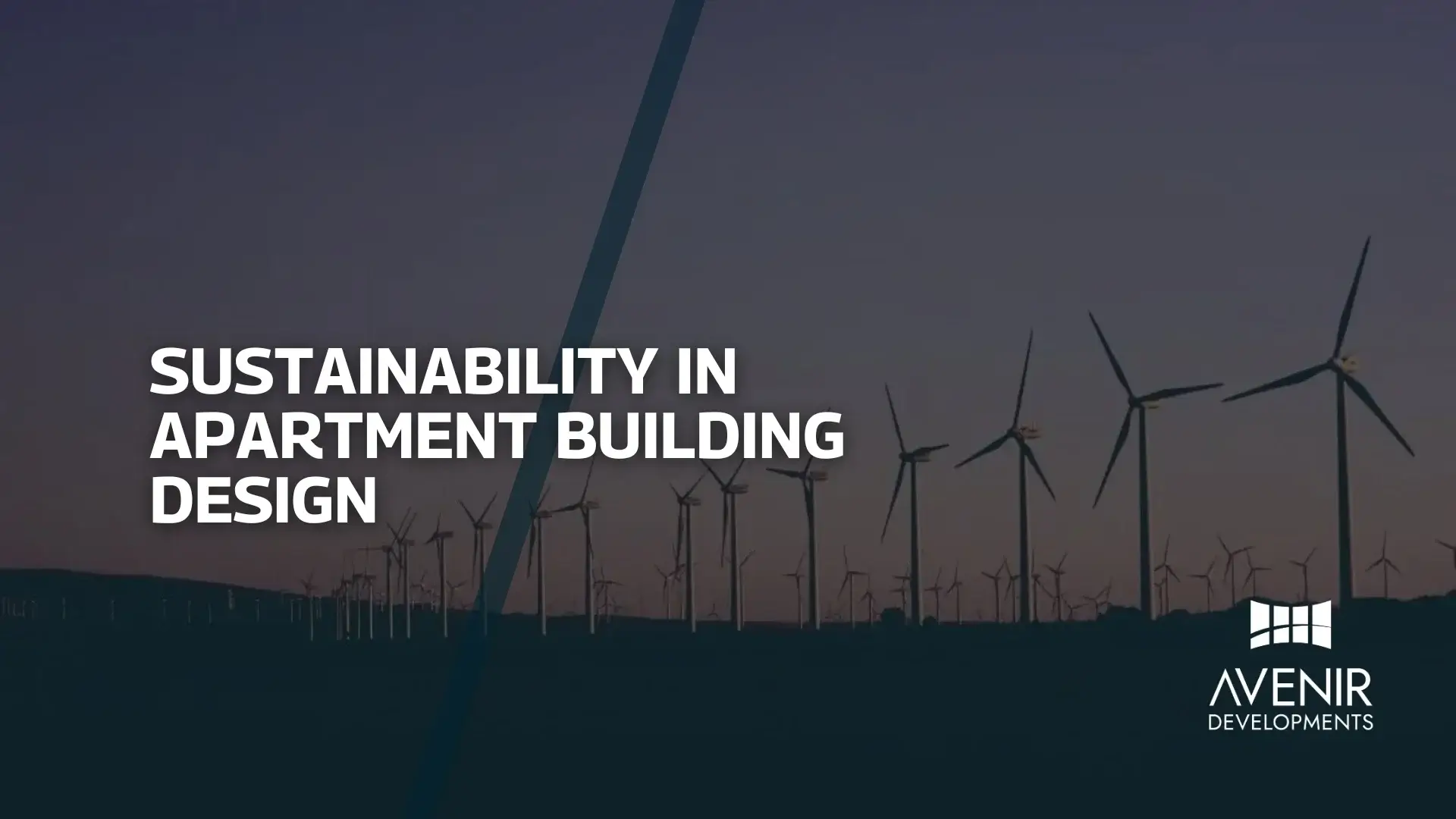Commercial building design plays a pivotal role in the success of any business in Pakistan. I remember when I was first starting out, I worked on a project for a retail store in Lahore. They had a poorly designed layout, with cramped aisles and poor lighting. It felt claustrophobic, and customers would often leave without making a purchase. We redesigned the space, optimizing the flow, improving the lighting, and creating a more inviting atmosphere. The result? Sales skyrocketed! This experience really solidified for me the undeniable link between smart design and a business’s bottom line. In this guide, we’ll delve deep into how Pakistani businesses can maximize their ROI through strategic commercial building design. We’ll explore everything from optimizing space for employee productivity to incorporating sustainable design elements that translate to cost savings. By the end of this post, you’ll have a clear understanding of how to create a commercial space that not only looks great but also drives business success.
Commercial Building Design: Laying the Foundation for Success
Commercial building design encompasses much more than just aesthetics. It’s a strategic blend of art and science that considers functionality, efficiency, and user experience to create spaces that foster business growth and profitability. From the earliest civilizations, where marketplaces and trading posts were designed to facilitate commerce, to the modern skyscrapers that dominate our cityscapes, commercial building design has always played a crucial role in shaping our economies.
Think of the iconic structures in Pakistan like the Habib Bank Plaza in Karachi or the Ufone Tower in Islamabad. These buildings are not just architectural marvels; they represent the aspirations and progress of our nation. They attract businesses, generate employment, and contribute to the overall economic development of the country.
Today, commercial building design is more critical than ever. With increasing competition and evolving business needs, a well-designed commercial space can be a powerful tool for attracting clients, retaining employees, and maximizing ROI.
According to a study by the World Green Building Council, highlighting the tangible benefits of sustainable and efficient design.
In this era of rapid technological advancements and globalization, commercial building design must adapt to meet the demands of a dynamic business environment. Whether it’s incorporating flexible workspaces, integrating smart technologies, or prioritizing sustainability, the design of a commercial building can significantly influence its long-term success.
As an architect with over 20 years of experience in Pakistan, I’ve witnessed firsthand how thoughtful commercial building design can transform businesses. From optimizing retail spaces to creating inspiring office environments, the right design can be a game-changer.
In the following sections, we’ll explore the key aspects of commercial building design that Pakistani businesses should consider to maximize their return on investment.

Trends Shaping the Future of Commercial Building Design in Pakistan
The landscape of commercial building design in Pakistan is constantly evolving, influenced by global trends and local needs. In 2024, we’re seeing a strong emphasis on sustainability, technology integration, and flexible workspaces.
Sustainability Takes Center Stage:
With growing awareness of climate change and environmental responsibility, sustainable building practices are no longer optional; they’re essential. The Pakistani government is actively promoting green building initiatives, such as the “Green Building Code of Pakistan“, which provides guidelines for energy-efficient and environmentally friendly construction.
In the non-government sector, organizations like WWF known for sustainable building practices, with a link to their website] are leading the way with innovative designs that minimize environmental impact and reduce operational costs. We’re seeing a surge in the use of locally sourced materials, energy-efficient HVAC systems, and renewable energy sources like solar panels in commercial buildings.
Technology Integration for Smart Buildings:
The rise of smart technology is transforming commercial spaces. From automated lighting and climate control systems to advanced security and access control solutions, technology is enhancing building efficiency, security, and user experience.
In cities like Lahore and Islamabad, new commercial developments are incorporating features like smart sensors, IoT (Internet of Things) devices, and building management systems to optimize energy consumption, improve space utilization, and enhance occupant comfort.
Flexible Workspaces for a Dynamic Workforce:
The traditional office layout is giving way to more flexible and collaborative workspaces. The rise of remote work and the gig economy has led to a demand for adaptable spaces that can cater to diverse work styles and needs.
Co-working spaces are gaining popularity in major cities across Pakistan, providing entrepreneurs and freelancers with affordable and flexible work environments. Even within traditional office settings, we’re seeing a shift towards open-plan layouts, breakout areas, and flexible furniture arrangements that encourage collaboration and creativity.
Looking Ahead:
To further accelerate the adoption of sustainable and innovative commercial building design in Pakistan, I believe the government should:
- Provide incentives and tax breaks for businesses that invest in green building practices.
- Strengthen building codes and regulations to mandate energy efficiency standards.
- Invest in research and development to promote the use of local and sustainable building materials.
By embracing these trends and taking proactive steps, Pakistan can create a built environment that is not only aesthetically pleasing but also economically viable and environmentally responsible.
Debunking Myths and Avoiding Pitfalls in Commercial Building Design
While commercial building design offers tremendous opportunities for businesses, there are also some common misconceptions and potential pitfalls that can hinder success. Let’s address a few of them:
Myth 1: Aesthetics Trump Functionality
While a visually appealing design is important, it shouldn’t come at the expense of functionality. Prioritizing aesthetics over practical considerations like space optimization, workflow efficiency, and accessibility can lead to a beautiful but inefficient building.
Mistake to Avoid: Don’t get so caught up in creating a “wow” factor that you neglect the core purpose of the building. Always prioritize functionality and user experience.
Myth 2: Sustainable Design is Too Expensive
Many businesses shy away from sustainable design, assuming it’s too costly. However, the long-term benefits of sustainable building practices far outweigh the initial investment.
Fact: According to a 2023 report by the Pakistan Green Building Council, green buildings can achieve operational cost savings of up to 30% through reduced energy and water consumption.
Myth 3: One Size Fits All
Every business has unique needs and requirements. Applying a cookie-cutter approach to commercial building design can result in a space that doesn’t align with the company’s culture, workflow, or brand identity.
Mistake to Avoid: Don’t rely on generic design templates. Work closely with an experienced architect to create a custom design that reflects your specific business needs.
Myth 4: Technology is Just a “Nice-to-Have”
Integrating technology in commercial building design is often seen as an optional add-on. However, in today’s digital age, technology is essential for optimizing building performance, enhancing security, and improving occupant comfort.
Fact: A study found that smart building technologies can increase employee productivity by up to 15%.
Myth 5: Commercial Building Design is a One-Time Investment
A building is a dynamic entity that needs to adapt to changing business needs and trends. Viewing commercial building design as a one-time investment can lead to a space that quickly becomes outdated and inefficient.
Mistake to Avoid: Plan for flexibility and adaptability in your design. Consider future expansion needs, technological advancements, and evolving work styles.
By debunking these myths and avoiding common pitfalls, Pakistani businesses can make informed decisions and maximize their ROI through smart commercial building design.
Addressing Your FAQs about Commercial Building Design
In my years of experience, I’ve encountered many questions from business owners regarding commercial building design. Here are some of the most frequently asked questions:
Q1: How much does commercial building design cost in Pakistan?
This is a crucial question, and unfortunately, there’s no one-size-fits-all answer. The cost of commercial building design can vary significantly depending on factors like the size and complexity of the project, the location, the materials used, and the architect’s fees.
However, as a general guideline, you can expect to pay anywhere between PKR 200 per Square Foot to PKR 300 per Square Foot or 5% to 15% of the total construction cost for architectural design services. For a more accurate estimate, it’s best to consult with a reputable architect and provide them with detailed project requirements.
Q2: How can I find the best commercial architects in Lahore for my project?
Finding the right architect is crucial for the success of your project. Here are a few tips:
- Look for experience and expertise: Choose an architect with a proven track record in commercial building design, particularly in your specific industry or project type.
- Check their portfolio: Review their past projects to see if their design style aligns with your vision.
- Read client testimonials: Get feedback from previous clients to assess their satisfaction with the architect’s services.
- Consider their communication and collaboration style: Ensure they are responsive, communicative, and willing to work closely with you throughout the design process.
- Get quotes from multiple architects: Compare fees and services to find the best value for your investment.
Q3: What are the key factors affecting commercial property value in Pakistan?
Several factors influence the value of commercial property, including:
- Location: Prime locations with high visibility and accessibility command higher values.
- Building design and functionality: Well-designed, functional spaces that meet tenant needs are more desirable and valuable.
- Sustainability features: Energy-efficient and environmentally friendly buildings are increasingly sought after and can command premium rents or sale prices.
- Technology integration: Smart building features can enhance property value and attract tech-savvy tenants.
- Market conditions: Economic growth, demand for commercial space, and interest rates can all impact property values.
Q4: How can I optimize my commercial space for employee productivity?
Creating a workspace that fosters productivity is essential for any business. Here are a few design strategies:
- Maximize natural light: Studies have shown that natural light can improve employee mood, focus, and productivity.
- Provide comfortable and ergonomic furniture: Invest in adjustable chairs, desks, and other ergonomic accessories to promote employee well-being and reduce fatigue.
- Create collaborative spaces: Incorporate breakout areas, meeting rooms, and open-plan layouts to encourage teamwork and communication.
- Prioritize acoustics: Minimize noise distractions with sound-absorbing materials and strategic space planning.
- Incorporate biophilic design elements: Bring nature indoors with plants, green walls, and natural materials to create a calming and inspiring work environment.
Q5: What are the essential elements of designing a profitable retail store layout?
A well-designed retail store layout can significantly impact customer behavior and sales. Here are some key considerations:
- Create a clear and intuitive flow: Guide customers through the store with a logical and easy-to-navigate layout.
- Maximize product visibility: Strategically place products to attract attention and encourage browsing.
- Utilize effective lighting: Use lighting to highlight key products, create ambiance, and guide customers through the store.
- Optimize checkout areas: Ensure a smooth and efficient checkout process to avoid customer frustration.
- Incorporate branding elements: Reinforce your brand identity through consistent signage, colors, and visual merchandising.
By addressing these common questions and providing practical insights, I aim to empower Pakistani businesses to make informed decisions about their commercial building design and achieve maximum ROI.
Expert Tips for Maximizing ROI with Commercial Building Design
Based on my two decades of experience in the architecture and construction industry in Pakistan, here are some expert tips to help you maximize your return on investment with smart commercial building design:
- Prioritize Flexibility and Adaptability: The business world is constantly evolving. Design your commercial space with future needs in mind. Incorporate modular components, flexible partitions, and adaptable layouts that can be easily reconfigured to accommodate growth, changing work styles, or new technology.
- Invest in Sustainable Design: Sustainable building practices not only benefit the environment but also your bottom line. Incorporate energy-efficient lighting, HVAC systems, and water-saving fixtures to reduce operational costs. Consider using locally sourced and recycled materials to minimize your environmental footprint and potentially qualify for government incentives.
- Optimize Space Utilization: Every square foot of your commercial space is an investment. Work with your architect to maximize space utilization through efficient layout planning, multi-functional furniture, and clever storage solutions. Avoid wasted space and ensure that every area serves a purpose.
- Prioritize User Experience: Whether it’s your employees, customers, or clients, the people who use your building should be at the center of your design. Create a space that is comfortable, accessible, and conducive to productivity and well-being. Consider factors like natural light, acoustics, air quality, and thermal comfort to enhance the user experience.
- Don’t Underestimate the Power of Branding: Your commercial building is an extension of your brand identity. Incorporate your brand colors, logo, and messaging into the design to create a cohesive and memorable experience for visitors. Use signage, graphics, and architectural elements to reinforce your brand and create a sense of place.
- Embrace Technology: Integrate smart building technologies to optimize building performance, enhance security, and improve occupant comfort. Automated lighting and climate control systems, occupancy sensors, and building management systems can help you save energy, reduce costs, and create a more efficient and sustainable workspace.
- Engage Experienced Professionals: Assembling a skilled team is crucial for the success of your project. Work with experienced architects, interior designers, and contractors who understand your business needs and can deliver high-quality results. Don’t hesitate to seek expert advice and guidance throughout the design and construction process.
By following these expert tips, you can create a commercial building that not only looks great but also functions efficiently, enhances your brand, and contributes to your business success.
Building a Better Future with Smart Commercial Building Design
In conclusion, commercial building design is a critical investment for any business in Pakistan. By prioritizing functionality, sustainability, and user experience, you can create a space that not only enhances your brand image but also drives business growth and maximizes ROI.
Remember the key takeaways from this guide:
- Commercial building design is an ongoing process that requires careful planning, collaboration, and adaptation to changing needs.
- Sustainable design is not just a trend; it’s a smart investment that can yield significant cost savings and environmental benefits.
- Technology integration is essential for optimizing building performance, enhancing security, and improving occupant comfort.
- Prioritizing user experience is crucial for creating a space that fosters productivity, collaboration, and well-being.
As an experienced architect and builder, I’ve seen firsthand how smart commercial building design can transform businesses. From small startups to large corporations, the right design can be a game-changer.
By embracing innovative design strategies, incorporating sustainable practices, and leveraging the power of technology, Pakistani businesses can create commercial spaces that are not only aesthetically pleasing but also functional, efficient, and profitable.
Let’s build a better future for Pakistan, one building at a time.
Want to get your Commercial Building Design in Pakistan? Contact Avenir Developments on WhatsApp today! Our team of highly competent and skilled architects and designers provide integrated design soultuons for your commercial project.






